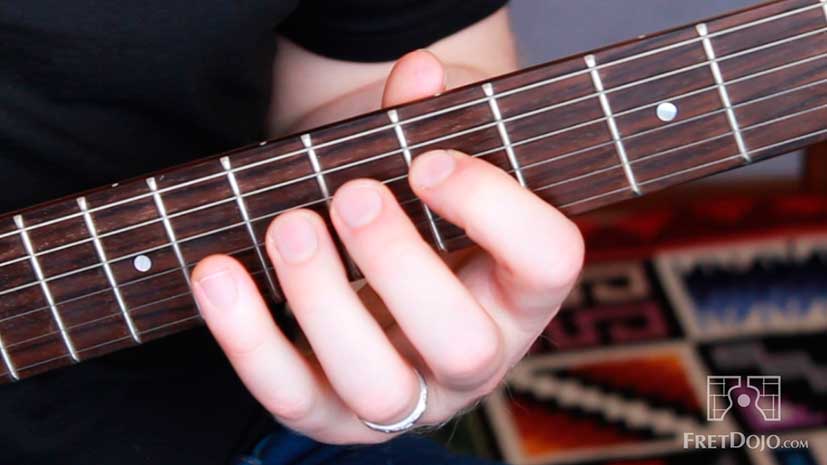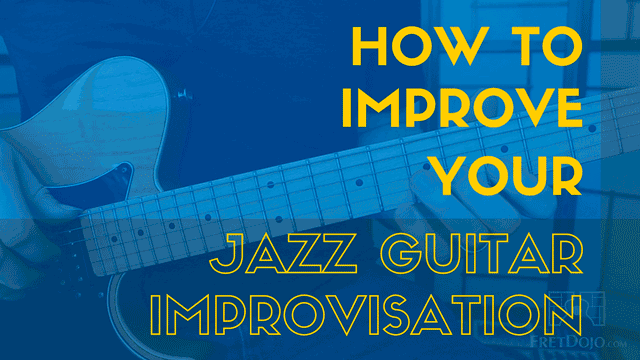I wanted to share with you this week a video of a technique that I use all the time in my own practice of jazz guitar improvisation, called the ‘line morphing technique’.
This technique is an easy way to get more creative ‘juice’ out of lines that you learn or transcribe.
What ideas do YOU have for topics on jazz guitar practice you would like me to create? Let me know by leaving a comment below or emailing me at greg@fretdojo.com.
Cheers,
Greg


Hi Greg,
A useful technique to alter a pre-existing pattern to create something new.
Another interesting idea is too see what available tones I can add to the 2-5-1 chord progression, be they consonant or dissonant, which may then suggest a different scale pattern to use entirely and alter the mood of the piece … perhaps just a little; not a radical departure for the listener.
The risk for me is : playing in the same mood all the time even though you altered the pattern just a bit with those lines and the challenge is to be fresh and new — otherwise you just sound like everyone else.
Also pattern playing does sound just like that sometimes – a bunch of scale playing , not musical or thematic that is developed with a beginning, middle or end.
Also why ramble on all over the place ? if you have something to say just say it.
Perhaps I sound biased as I have played the classical guitar repertoire for decades — classical guitarist do improvise after a while; they can do it too to where it is needed.
Good points here Nicholas, I find that doing this ‘morphing’ technique helps to clearly match me ears to the fretboard. It’s gaining this ear to fretboard skill that’s the main benefit with this sort of thing, which then facilites being creative without needing to rely on lines. Having some interesting twists on lines is just a side benefit I think :)
hi greg,
suggestion:
why not do something like this – in the jazz style perhaps?
http://classicalguitarmagazine.com/method-mastering-barrios-arpeggios-and-more-with-prelude-to-la-catedral/?utm_source=Classical+Guitar&utm_campaign=4f12782dd0-CGN_News_09_09_169_6_2016&utm_medium=email&utm_term=0_c03d2c9fc3-4f12782dd0-190956481&mc_cid=4f12782dd0&mc_eid=2775a0ccde
Interesting article, thanks for sharing Nicholas! Yes I’m thinking of putting out a series on technique in the future so this is good food for thought. I appreciate you!